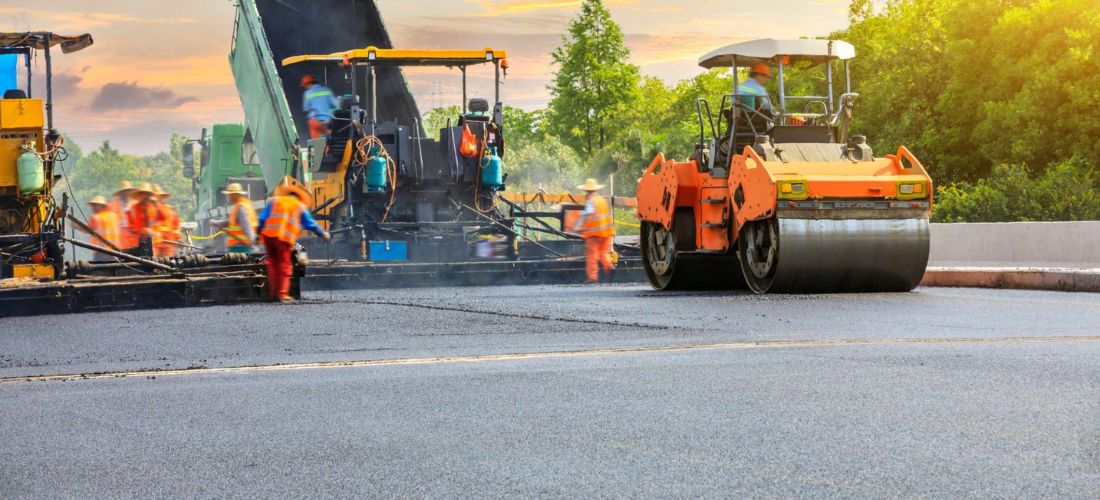Roads are the lifeblood of our transportation infrastructure, connecting cities, towns, and rural areas. To keep our road networks safe and efficient, a variety of maintenance techniques are employed. Understanding the different types of road maintenance is crucial for ensuring the longevity and safety of these vital pathways. In this article, we’ll delve into the various types of road maintenance and their significance.
1. Routine Maintenance:
Routine maintenance is the day-to-day upkeep of roads and includes activities such as:
Pothole Patching: Repairing potholes promptly to prevent accidents and vehicle damage.
Street Sweeping: Removing debris, leaves, and litter to maintain road cleanliness.
Signage and Markings: Ensuring road signs and markings are clear and visible.
Vegetation Control: Trimming trees and bushes to maintain clear sightlines.
Routine maintenance is essential for preserving road safety and preventing minor issues from becoming major problems.
2. Preventive Maintenance:
Preventive maintenance aims to extend the life of a road and prevent the need for costly repairs. Common preventive measures include:
Sealcoating: Applying a protective layer to the road surface to shield it from water, UV rays, and oxidation.
Crack Sealing: Filling cracks to prevent water infiltration and further deterioration.
Regular Inspections: Periodic assessments to identify and address potential issues early.
By investing in preventive maintenance, governments and municipalities can save substantial amounts of money in the long term by avoiding more extensive repairs.
3. Corrective Maintenance:
Corrective maintenance involves addressing significant road damage or wear and tear. It includes actions like:
Resurfacing: Applying a new layer of asphalt or concrete to replace worn-out road surfaces.
-Reconstruction: Completely rebuilding a road that has reached the end of its lifespan.
Bridge Repairs: Maintaining and upgrading bridges and overpasses.
Corrective maintenance is typically more extensive and costly but is essential for ensuring road safety and usability over the long haul.
4. Winter Maintenance:
In regions with harsh winters, special maintenance measures are required to keep roads safe and passable. Winter maintenance activities include:
Snow Plowing: Removing accumulated snow from roadways.
Salting and Sanding: Applying de-icing materials to reduce ice and enhance traction.
Winter Equipment Maintenance: Ensuring snowplows and salt spreaders are in good working order.
Winter maintenance is vital for preventing accidents and keeping traffic flowing during snowy and icy conditions.
5. Environmental Maintenance:
Environmental maintenance focuses on minimizing the impact of road construction and maintenance on the environment. This includes:
Erosion Control: Preventing soil erosion during construction.
Wildlife Crossings: Building structures like wildlife overpasses or underpasses to protect animals and prevent collisions.
Water Quality Management: Mitigating the runoff of pollutants into nearby water bodies.
Environmental maintenance is crucial for preserving ecosystems and minimizing the ecological footprint of road projects.
Conclusion:
Understanding the different types of road maintenance is essential for maintaining safe, reliable, and long-lasting road networks. By implementing routine, preventive, corrective, winter, and environmental maintenance practices, communities can ensure that their roads remain functional and sustainable for years to come. Road maintenance is not just about fixing problems but also about preventing them, and by doing so, we contribute to safer and more efficient transportation systems.

